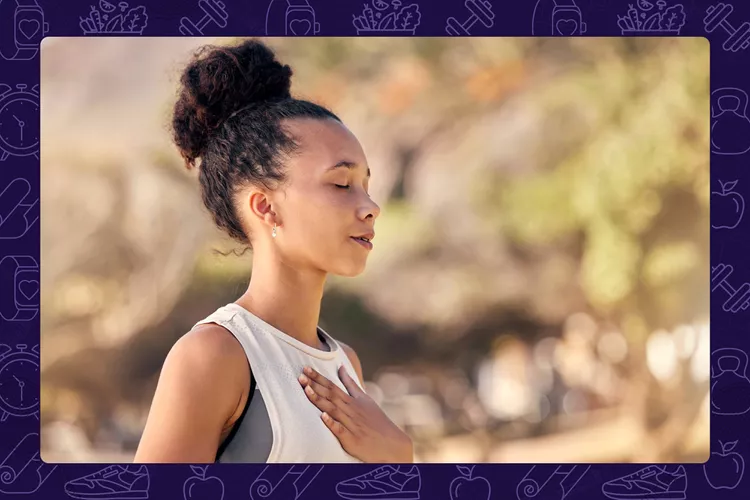ANXIETY ATTACKS EXPLAINED: HOW TO RECOGNIZE, RESPOND, AND RECOVER
Anxiety attacks, sometimes known as acute anxiety episodes, are intense bursts of fear or panic that strike suddenly. These episodes can feel overwhelming and may interfere with daily routines and well-being. While occasional anxiety is natural, frequent or unmanageable attacks may point to a deeper anxiety-related condition.
Recognizing the Signs of an Anxiety Attack
Anxiety attacks usually involve both mental and physical symptoms. Recognizing these signs early can help you respond more effectively.
Emotional Indicators
-
Persistent and intrusive worry
-
Overpowering fear without a clear cause
-
A feeling of helplessness or lack of control
-
Dread or a sense that something terrible is about to happen
-
Mental fog or inability to focus
Physical Reactions
-
Heart palpitations or a racing pulse
-
Difficulty breathing or tightness in the chest
-
Excessive perspiration
-
Shaking or trembling
-
Upset stomach or nausea
-
Lightheadedness
Most attacks reach their peak within 10–30 minutes and gradually subside.
Potential Triggers
Though anxiety attacks can seem to come out of nowhere, they are often connected to underlying issues, such as:
-
Major life stressors (e.g., deadlines, public speaking, family conflict)
-
Trauma or unresolved emotional wounds
-
Anxiety disorders including:
-
Generalized Anxiety Disorder (GAD)
-
Panic Disorder
-
Specific Phobias
-
Social Anxiety Disorder
-
Who Is at Risk?
Certain factors can raise the chances of experiencing anxiety attacks:
-
Genetics (family history of anxiety or mood disorders)
-
Ongoing emotional stress
-
Past traumatic experiences
-
Excessive stimulant use (like caffeine)
-
Personality traits such as being overly self-critical or introverted
Getting a Diagnosis
If you believe you’re experiencing anxiety attacks regularly, consider seeking help from a healthcare provider. The diagnostic process may include:
-
A thorough personal and family history
-
A psychological interview or questionnaire
-
Assessment based on DSM-5 diagnostic criteria
There are no blood tests to confirm anxiety attacks, but doctors may run tests to exclude physical conditions that mimic anxiety symptoms.
Treatment Options That Work
You don’t have to live with anxiety attacks. Treatments can significantly reduce their impact and frequency. These may include:
Therapeutic Approaches
-
Cognitive Behavioral Therapy (CBT): Teaches you to identify and challenge anxious thoughts.
-
Mindfulness-Based Therapy: Encourages acceptance and presence in the moment to reduce reactivity.
Medical Interventions
-
Anti-anxiety drugs: Fast-acting medications to manage acute symptoms.
-
Antidepressants: Especially useful when anxiety coexists with mood disorders.
-
Beta-blockers: Help reduce physical symptoms like a rapid heartbeat.
Practical Prevention Techniques
Although not all anxiety attacks are preventable, these lifestyle adjustments can reduce your risk:
-
Keep a journal to identify and avoid specific triggers
-
Practice relaxation techniques like yoga or deep breathing
-
Maintain a regular exercise schedule
-
Stick to a consistent sleep routine
-
Reduce stimulants like coffee and alcohol
-
Stay socially connected and pursue enjoyable activities
Commonly Associated Disorders
It’s not unusual for anxiety attacks to overlap with other conditions:
-
Depression
-
Post-traumatic stress disorder (PTSD)
-
Bipolar disorder
-
Substance use disorders
-
Personality disorders
-
Disordered eating behaviors
Living a Balanced Life Despite Anxiety
Facing regular anxiety attacks can feel exhausting—but there is hope. With the right blend of treatment, support, and lifestyle strategies, many individuals go on to lead full, productive lives.
Reach out for help early. Whether it’s through therapy, support groups, or healthcare providers, the journey to recovery starts with the first step. Anxiety doesn’t define you, and it doesn’t have to control your life.

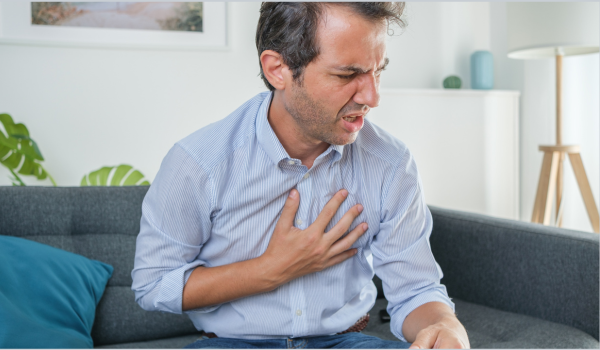
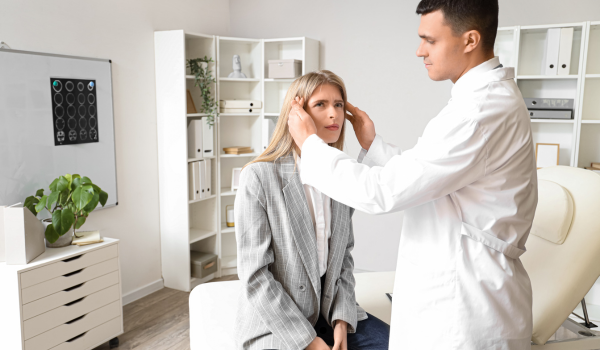

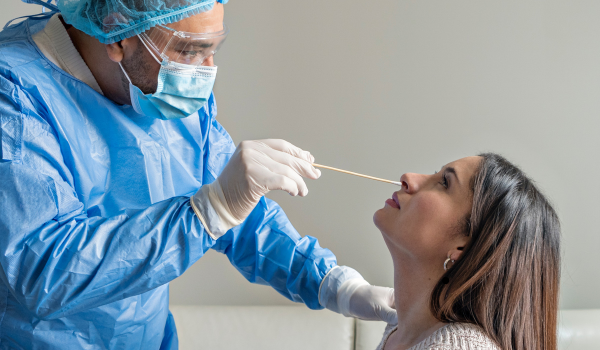
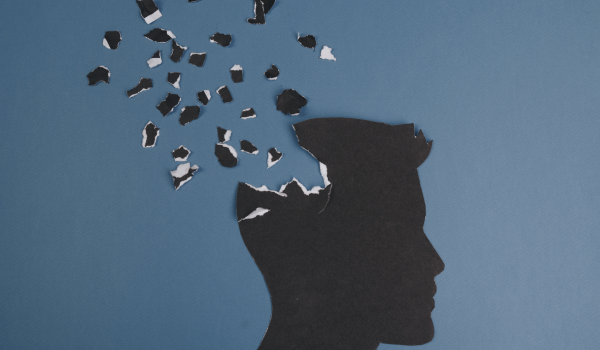





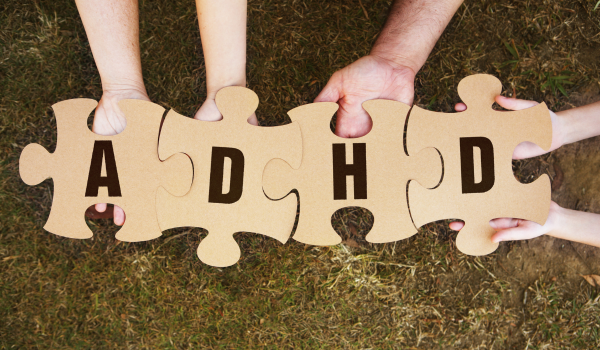



.png)
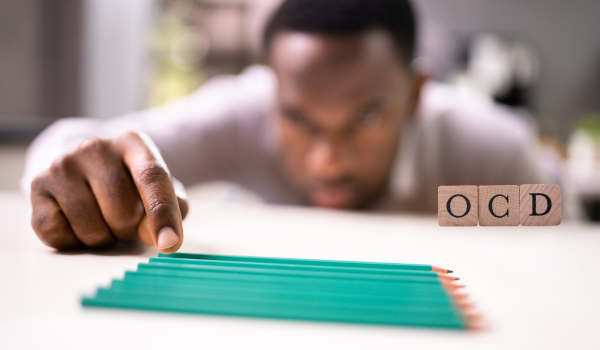


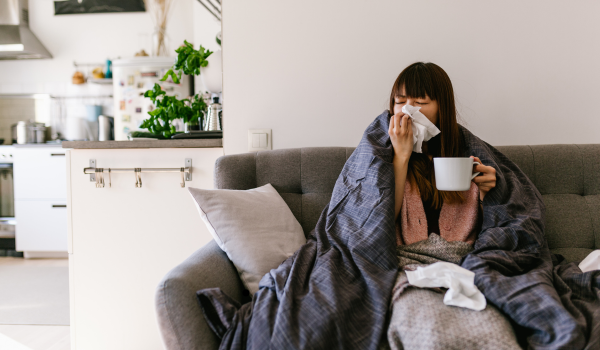
.png)



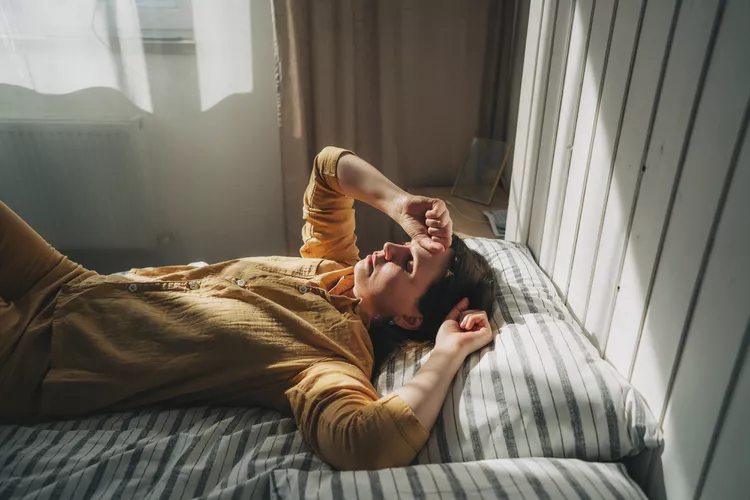
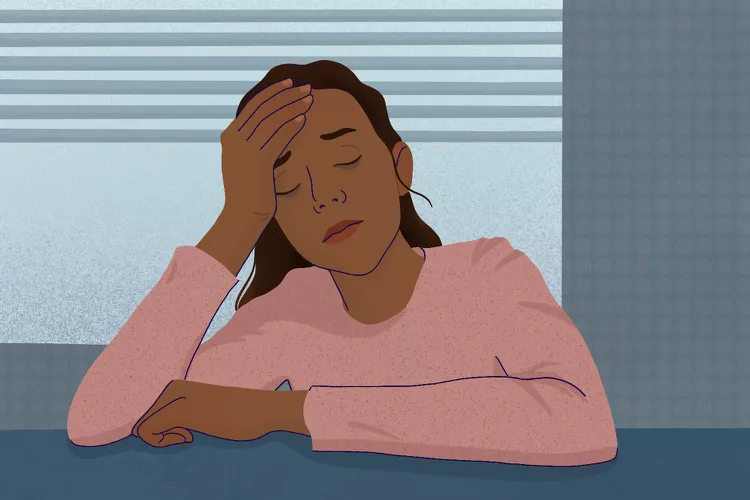
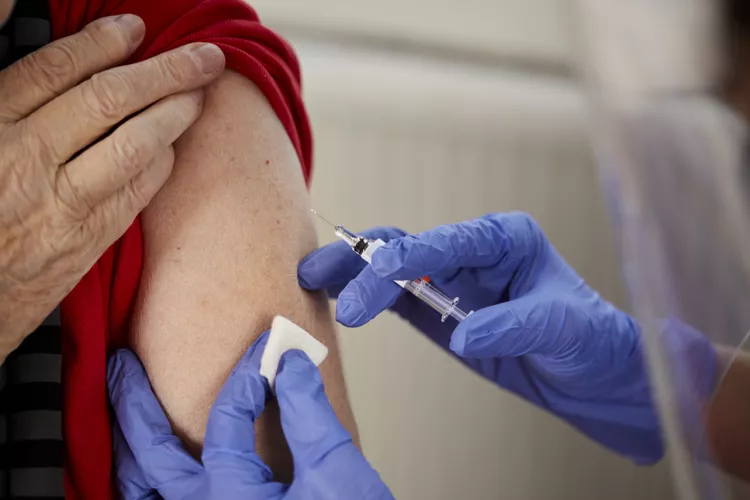
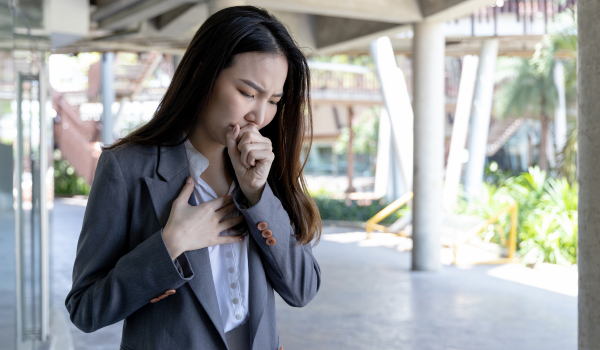
.webp)
.webp)

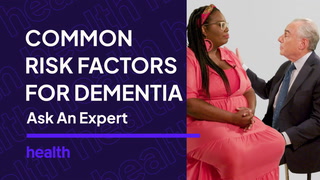
.png)



